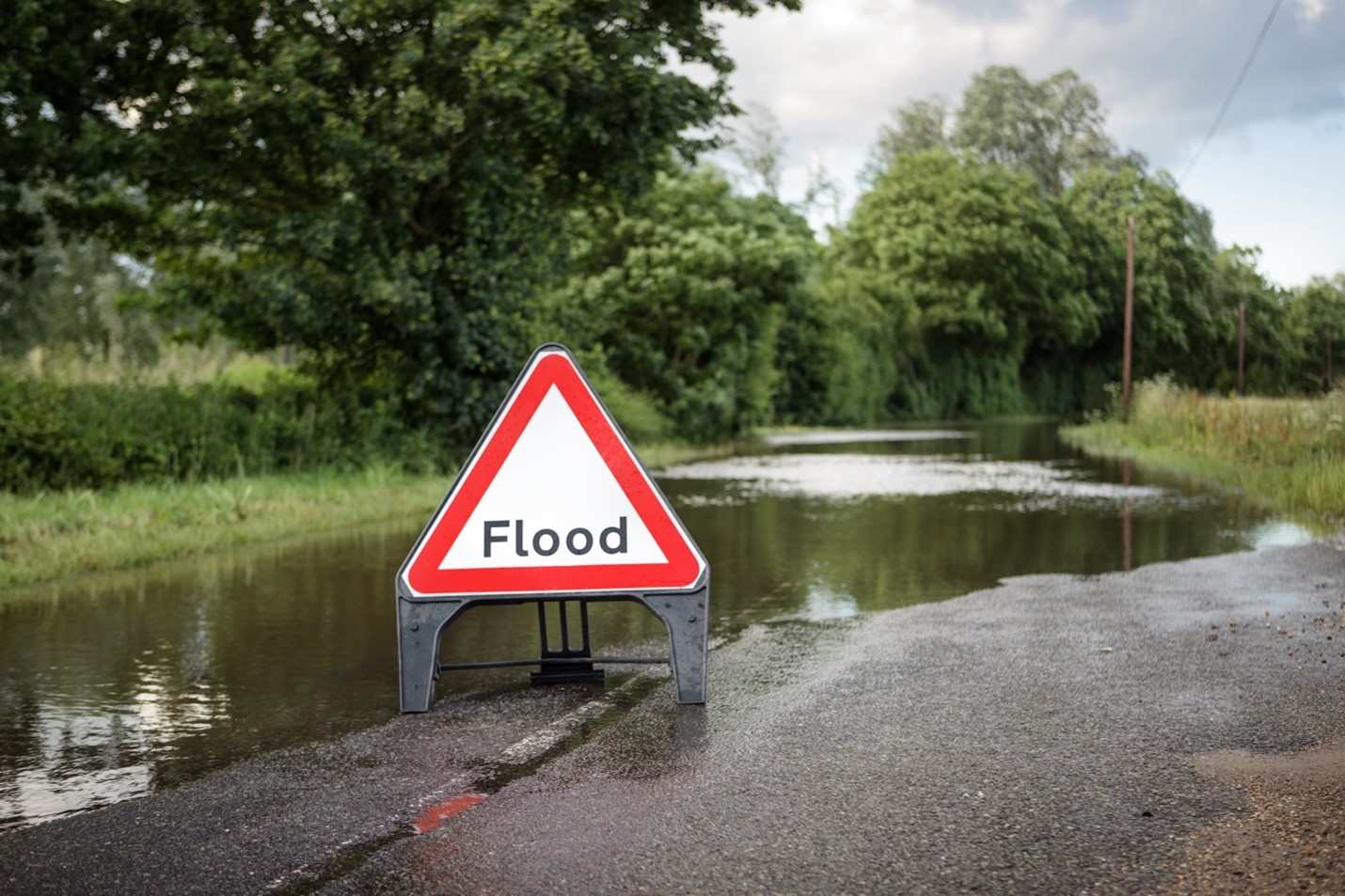

The National Infrastructure Commission (NIC) has written a follow-up to its 2018 National Infrastructure Assessment. Here’s what it means for the transport sector.
Join other savvy professionals just like you at CIHT. We are committed to fulfilling your professional development needs throughout your career
By John Challen
Faced with pressures of finances, resilience and efficiency, infrastructure projects across all sectors of industry are under scrutiny.
Therefore, the second National Infrastructure Assessment from the NIC had a lot riding on it. For the transport world, key areas that require urgent attention were highlighted.
“What we identified across sectors, but specifically transport, is a gap in standards for what we are hoping to achieve with resilience,” explains Jon Chappell, Senior Policy Adviser at the NIC.
“We know from the government’s 2022 UK Climate Change Risk Assessment that transport services are at risk but, until we know what service level the country wants, we don't know how to fund it.
“That requires costed funding plans to adapt to that risk. For example, on extremely hot days, the rail network runs slower and there are far fewer trains. And the reasons for that are that firstly the tracks heat up and secondly, if it’s a really prolonged period, the ground below dries out, cracks and moves, which requires trains to slow down.
“So, we know what the risks are, but what we don't know, and what hasn't been set out, is the cost of fixing those risks.”
Chappell says the NIC has called for the UK government to set out a basic level of service that it wants by 2025.
“That doesn't really exist in the rail sector or, in fact, in the road sector,” he reasons. “Using that information, infrastructure operators can then cost climate resilience to meet those standards. The upshot is that the next road and rail investment plans would then have to reflect the government's own targets, which would help us to adapt.
“It's important that we do it by 2025 because the more you spend, the more you lose unless you have adaptation in mind. You need to do it at the point of asset replacement, not in an expensive retrofit programme because you realise you’ve got a problem. We already know we’ve got a problem, particularly on the rail side; the roads are a bit more resilient.”
Ideally, standards of service would be revised every five years, allowing for changes in technology, expectations, or use of transport, Chappell believes.
“But also, once we've got information on costs, we will have to make a societal decision: do we want what happened in the summer of 2022 [in terms of climate-based transport issues] on a much more regular basis in the future or do we want to spend the money and invest to stop that happening? That answer obviously depends on how much money [there is to spend].”
It's similar a similar story when looking at the road network where, again, the level of service needs to be established in order to work out costing and the number of projects that would be available.
“You need to have a standard in mind to develop the costs,” says Chappell. “Road drainage systems are designed with a one in 30-year storm event in mind, but those events will become more frequent. If you have set targets, then you can work out the cost of doing that on our network but, currently, even working that out isn’t being incentivised, because there isn’t a target.”
Another recommendation that came out of the report were upgrades to public transport.
“We think that there should be, by 2030, a coherent investment programme,” concludes Chappell. “We've been given a fiscal remit, which is 1.1 to 1.3% of GDP per year every year to spend on infrastructure.
“Public capital spending is predominantly [on] flood defences and transport but mainly transport because it costs more and the other elements, such as energy and water, are in the private sector.”
The report also recommends an investment of £22bn to improve public transport in the largest regional English cities, unlocking economic growth.
“We've stuck our necks out and outlined the first four of those priority cities based on their growth projections and connectivity problems: Birmingham, Leeds, Manchester and Bristol,” reveals Chappell.
CIHT will shortly be releasing our new manifesto for transport
>>>Find out more
Main image: flooded road in Essex, England; credit: Shutterstock
Join other savvy professionals just like you at CIHT. We are committed to fulfilling your professional development needs throughout your career
{{item.AuthorName}} {{item.AuthorName}} says on {{item.DateFormattedString}}: